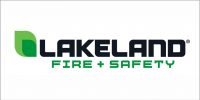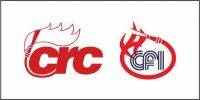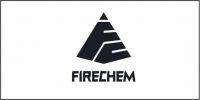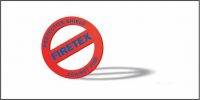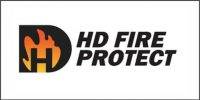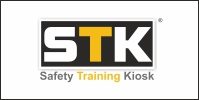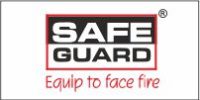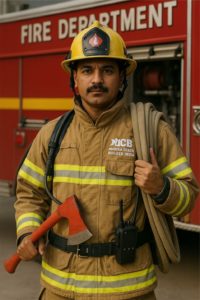 General Roles Within the Department
General Roles Within the Department
- Brigade Member
This is the foundational role. A brigade member may perform a wide range of tasks-from placing hose lines to extinguishing fires. They typically do not handle command duties unless temporarily assigned.
- Driver/Operator
This role is vital for ensuring that firefighting apparatus arrives at the scene efficiently. The driver also operates essential equipment such as pumps and ladders once at the location.
Company Officer
Usually a lieutenant or captain, this officer leads a team and is responsible for enforcing strategy, safety, and the operational efficiency of fire response.
- Safety Officer
Charged with monitoring all operations to ensure safety standards are met. The safety officer can halt any activity that risks personnel safety.
- Training Officer
This individual updates and trains both new recruits and existing members on current firefighting and EMS techniques.
- Incident Commander
Tasked with managing the strategic overview of incidents, this role is typically held by the brigade leader or chief during large-scale emergencies.
- Public Information Officer
Bridges the gap between the fire brigade and the public by managing communications with the media.
- Fire Protection Engineer
Responsible for reviewing building plans and ensuring fire suppression systems meet safety codes. Some
even design these systems themselves.
Specialized Response Roles
Modern emergencies require more than just fire suppression. Facility brigades often include specially trained teams in the following areas:
- Hazardous Materials Technician
Experts in chemical spills, contamination, and decontamination protocols.
- Technical Rescue Technician
Specialized in high-risk rescues including structural collapses, confined spaces, and high-angle operations.
Emergency Medical Services (EMS) Personnel
Cross-trained responders capable of handling medical emergencies, often certified in advanced first aid or paramedic levels.
Brigade Member Requirements
Age Requirements
Typically, the minimum age to serve is 18, although insurance and safety policies may impose additional restrictions. Firefighting is recognized as a hazardous occupation, and age compliance is non-negotiable.
Training & Education
All members must complete a training program tailored to their specific duties. NFPA 1081 outlines minimum competency levels, ensuring members operate safely and effectively in emergency situations.
The Takeaway
A fire brigade today is not just about fighting fires-it’s about leadership, engineering, safety compliance, technical rescues, and public accountability. Whether you’re an aspiring firefighter or a facility manager building your brigade, understanding these roles is essential to creating a responsive, resilient, and professional fire response team.
Because in firefighting, every role matters-and every second counts.









